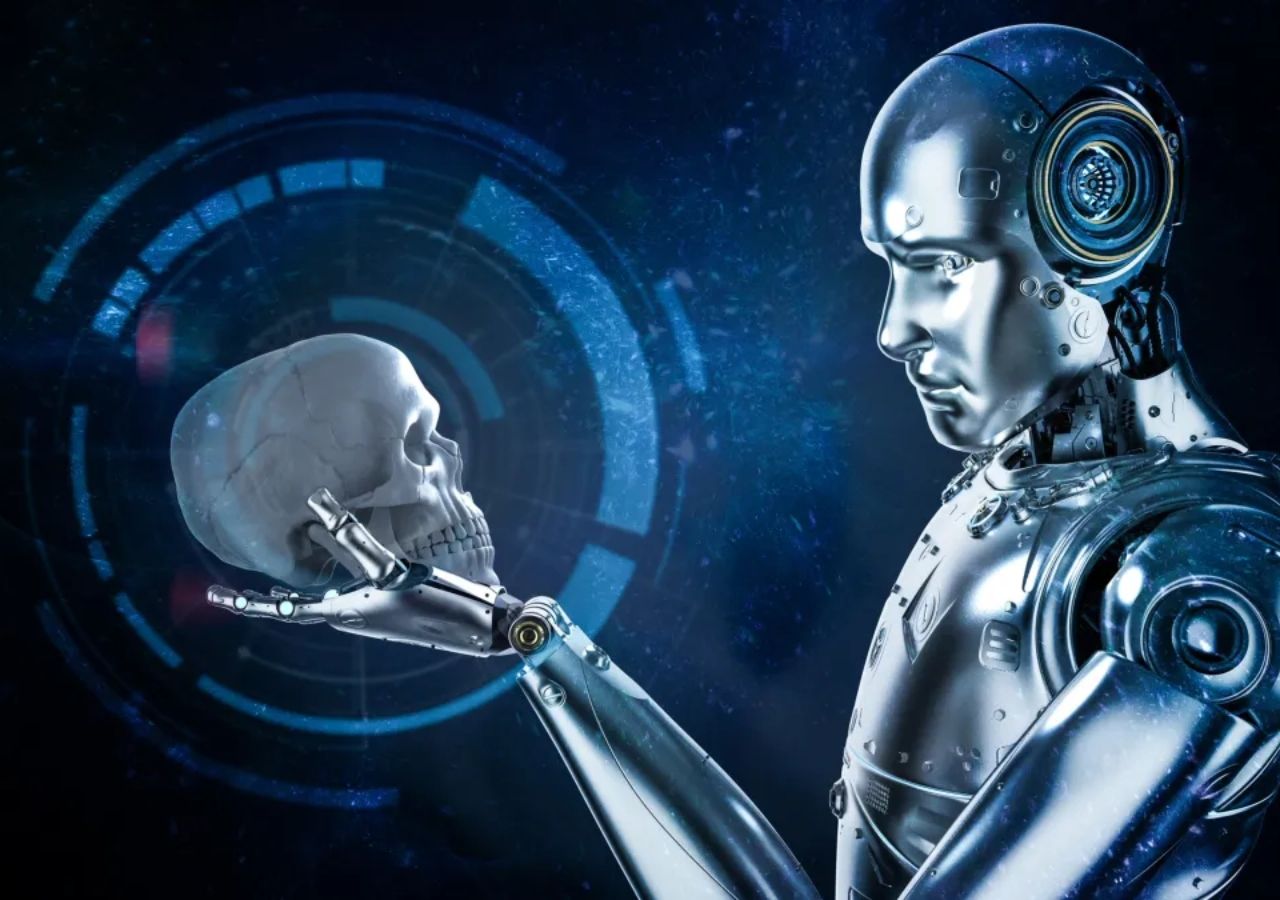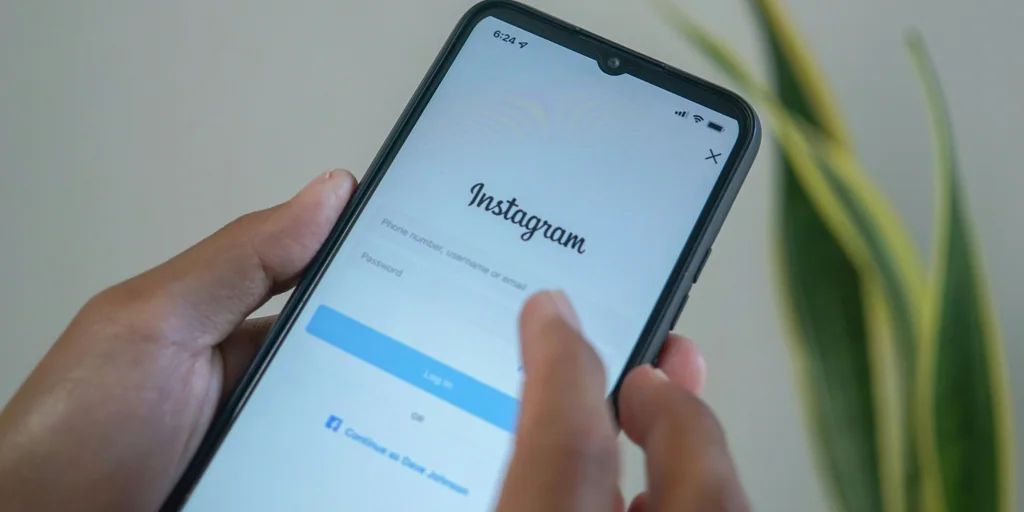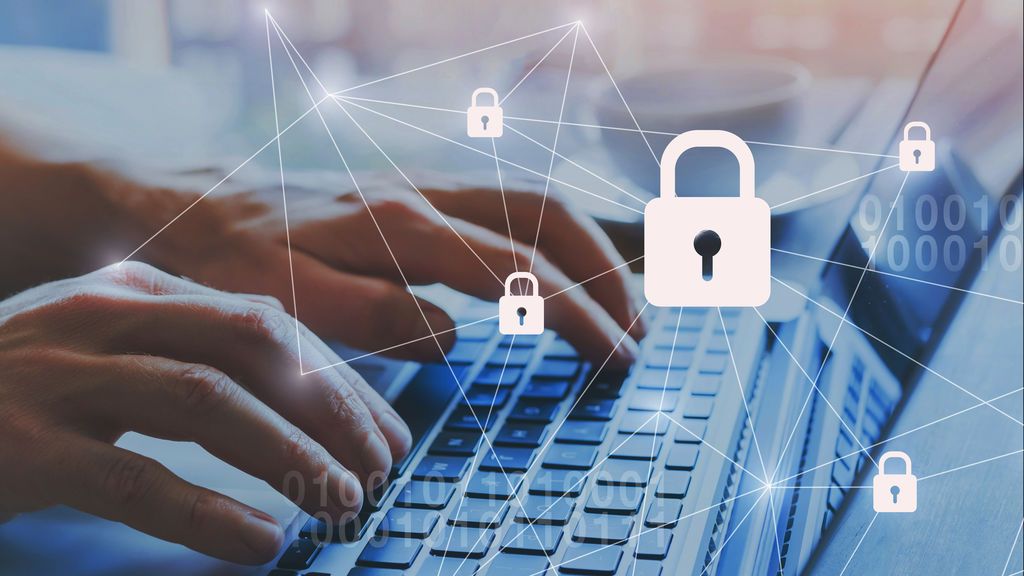Digital necromancy, a term that combines ancient necromancy practices with the modern era of technology, refers to the digital resurrection of deceased people thanks to artificial intelligence (AI).
Necromancy:
a series of rituals and spells intended to reveal the future by summoning the dead.
In this virtual revival, people are returning to Bring your deceased loved ones back to life digitally, from the traces they left in lifesuch as photos, audio, or text written by them.
This phenomenon is current based on AI generative, which includes not only large language processors such as ChatGPT, but also image and video generators such as DALL·E 2.
The debate about what constitutes digital necromancy began in the 2010s from advances in video projection (with “deep fake” technology) that led to the rise of Bruce Lee, Michael Jackson and Tupac Shakur.
Initially, this was only done by film and music production companies with deep pockets, but the emergence of generative AI has also influenced this expanding access to the technology used to bring these and other stars back to life.
After seeing this growing potential, a a series of technology startups such as Here After And Replica launched service based on generative AI to bring loved ones back to life for their clients.
A new form of dark art or just part of everyday life?
Phillip David Brooker, Terence Heng and Michael Mair, professors of Sociology at the University of Liverpool (UK), together with Dipanjan Saha, PhD candidate in Sociology, have evaluated in a column published in Conversation That concerns that may arise naturally in society in the face of these technological advances.
This technology, according to some, it seems to cross cultural boundaries and, perhaps, ethical lines. Many are deeply uncomfortable with the idea that we could routinely interact with digital simulations of the dead, experts say.
People have long placed emotional value on resemblance to their ancestors and the remains of the dead means maintaining links.

When portraiture ceased to be a widely used way to memorialize loved ones, the spread of photography in the 19th century quickly became an alternative way to preserve the dead. Today, many of us have photos and videos of loved ones who have passed away, which we use as memories and comfort..
So when it comes to generative artificial intelligence, nothing new has happened according to experts. More than just changing or disrupting our mores, the speed with which the necromantic possibilities of artificial intelligence are being exploited tells us a lot about how technology works with existing practices of mourning, remembering, and resurrecting.
But isn’t it different from artificial intelligence?
As noted by Debra Bassett, who has studied the digital afterlife extensively, some opponents of this use of artificial intelligence state that They worry that resurrected people will be forced to say things they would not have said if they were alive. and instead act according to someone else’s script.
For Bassett, the worry is just that dead people are being “zombified”violate his integrity.
But for experts, in general We must remember that we are always imagining and having conversations with the dead. In moments of crisis or joy, we reflect on what those we have lost may have told us, the attitudes they may have had, and the encouragement they may have provided regarding the challenges and accomplishments of the here and now. This.
Images, texts, and valuables or relics have long been available vehicles for this type of relationship. New technologies, most recently cameras and recording devices, have made these media more accessible and widely available..
Experts also emphasize that we should take photos or videos of dead people conductive thread to your memoryas substitutes that allow us to think or communicate through them.
They ultimately concluded that common concerns about digital necromancy were overblown: They claim that when we focus too much on its strange and scary aspects – to adapt the words of philosopher Ludwig Wittgenstein – we lose sight of the way these new technologies speak and resonate with what humans already exist and do. .

“Entrepreneur. Internet fanatic. Certified zombie scholar. Friendly troublemaker. Bacon expert.”


:quality(70)/cloudfront-us-east-1.images.arcpublishing.com/elfinanciero/ZTJV57HVVJGODLL3YBCDPNWTAQ.jpg)




